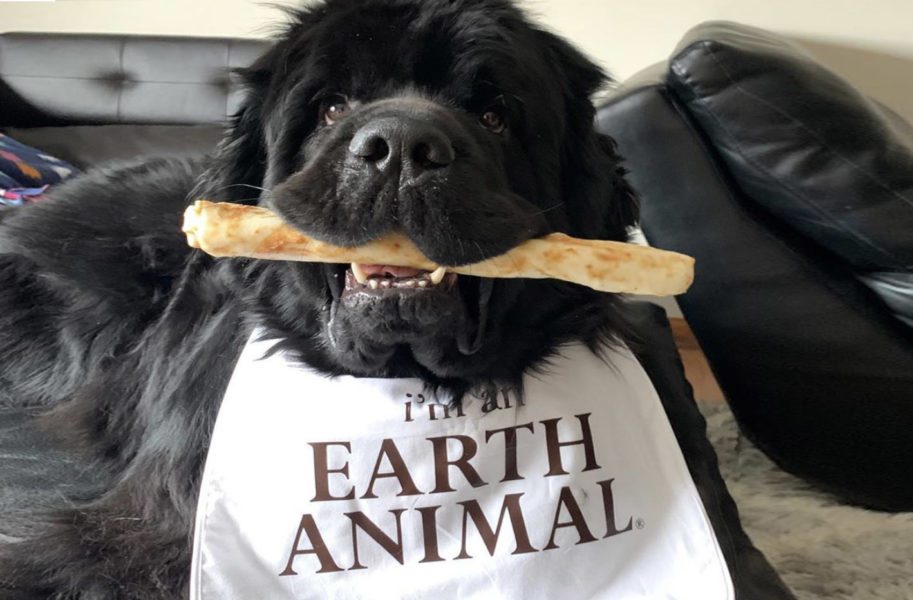No-Hide Chews: The Sustainable Choice
Clean Ingredients, Traceability, and the Healthy Alternative to Rawhide
At Earth Animal, we believe in a more holistic, humane, and sustainable way of enhancing and preserving quality of life. In 2015, this led us to create the original rawhide-free No-Hide chews by combining a healthy formula, high-quality ingredients, and compassionate sourcing. Our No-Hide Chews offer dogs (and cats!) pure joy and minimize the demand for rawhide chews that expose animals, people, and the Earth to harmful chemicals. Made with simple, traceable, clean ingredients, No-Hides are the original healthy alternative to rawhide.
Where do No-Hide ingredients come from and where are they made?
No-Hides are mixed, rolled, and baked in Lancaster County, Pennsylvania in the USA. We are committed to sourcing regional ingredients including peanut butter, eggs, and animal protein wherever possible. Specific or unique ingredients, like olive oil, bananas, and venison, may require a certain climate and are sourced from the country that offers the highest quality.
We believe the proof is in transparency. Sourcing maps like the one below can be found for every No-Hide flavor on earthanimal.com.
Each No-Hide is made of 6 simple ingredients and one protein:

Our compassionately sourced proteins include Beef, Chicken, Pork, Salmon, and Peanut Butter sourced in the USA, and Venison from New Zealand.
Are No-Hides clean safe, and digestible?
No-Hides are made with transparency from clean and digestible ingredients. Each No-Hide chew is made with only the good stuff – no dyes or preservatives and no artificial, synthetic, or hard-to-read ingredients. Traditional rawhide bones are a by-product of the leather industry and are often processed using toxic solutions such as ash lye, bleach, and chromium salts – to name a few. Some manufacturers also color rawhide chews with potentially harmful dyes such as FD&C Red 40 which studies show is carcinogenic and genotoxic.
Independent testing has found that, on average, No-Hides exceed the digestibility of rawhide chews.* This means No-Hide chews are better for sensitive tummies and, thus, better for our planet. Here’s why: the Environmental Protection Agency (EPA) considers our pet’s waste to be hazardous to the environment. When our pets consume highly digestible chews and treats, they generate significantly less poop that contaminates local waterways. Selecting sustainably sourced, highly digestible goodies for our pets is one way we can help preserve a healthier future for animals, people, and the Earth.
Why should I stop giving my dog rawhide?
Rawhide can have a very negative impact on animals, people, and the Earth. When it comes to our pets, the low digestibility of rawhide contributes to a greater risk of intestinal obstruction if large pieces are swallowed.
Rawhide is also a by-product of the leather industry where processing methods can contain toxic and harsh chemicals. EPA restrictions have limited the United States to around 33 tanneries that process hide into leather goods and rawhide. This means over $1 billion worth of hide is shipped overseas where there are fewer regulations around the chemicals used in tanning. The hides arrive overseas in a brine that is intended to slow decomposition. The fat and fur are then removed from rotting hide using highly corrosive ash-lye, sodium sulfide, or lime solutions. It is chemically split into layers for leather goods with the bottom being used for rawhide chews. This inner layer is sanitized and whitened using a solution of hydrogen peroxide, bleach, or other chemicals.
When it comes to taste and appearance, rawhide chews can be basted with flavor, smoked, or dyed. They may even be painted with titanium dioxide, which makes them look white and attractive. This ingredient is no longer considered safe in Europe for use in any animal feed as it accumulates in the body over time leading to cancer and potential damage to DNA. Dyes commonly used in manufacturing are also known to have carcinogenic effects such as FD&C Red 40.
As a final step, rawhide is then preserved with various chemicals such as chromium salts, which when exposed in high doses can have long-term health effects. It is so toxic that government regulations have forced the closure of tanneries in the US and Europe. The workers who are exposed to these chemicals, some as young as 10 years old in certain countries, risk severe side effects from exposure. This includes irritation to the mouth, airways, eyes, and skin, digestive problems, kidney or liver damage, long-term cancer, and reproductive problems. Unfortunately, much of the wastewater from these processes also flows into local waterways and soil. Ditching rawhide and opting for alternatives is a small but important step in reducing the demand and slowing its harmful impact on people and our planet.
What about collagen chews?
Collagen chews are the latest fad in rawhide alternatives. While they are certainly an improvement over rawhide, the collagen is derived from hide, bones, or boiling down other by-products. This leaves it difficult to identify the true sourcing of collagen chews and their impact on animals, people, and the Earth.
Choosing joy for animals, people, and the Earth
No-Hides are veterinarian-formulated to create joy for animals worldwide while preserving and enhancing a brighter future for people and the Earth. To celebrate Earth month and learn more about our long-lasting No-Hides, visit earthanimal.com.
*No-Hides are independently tested for digestibility annually.






